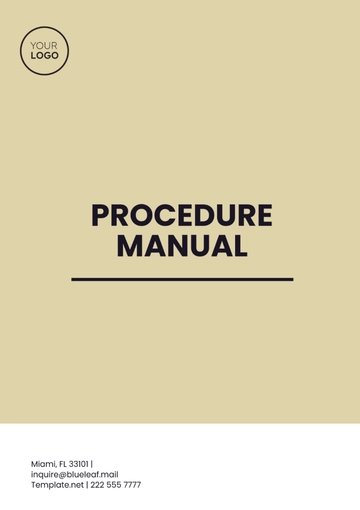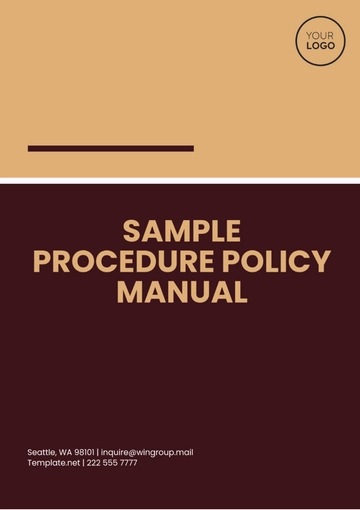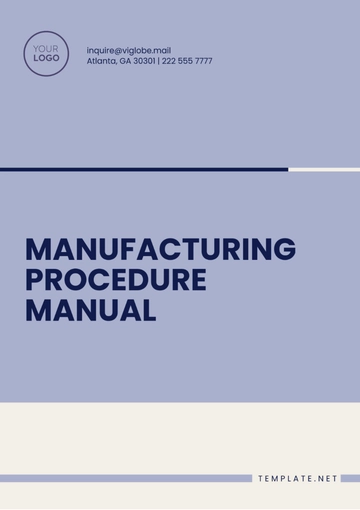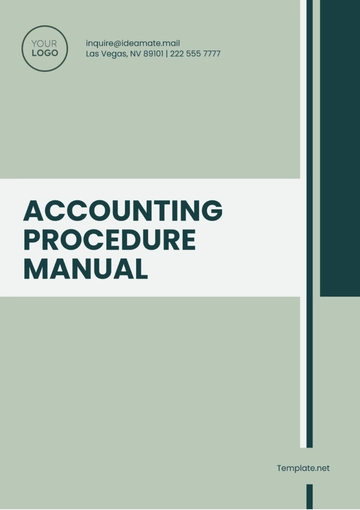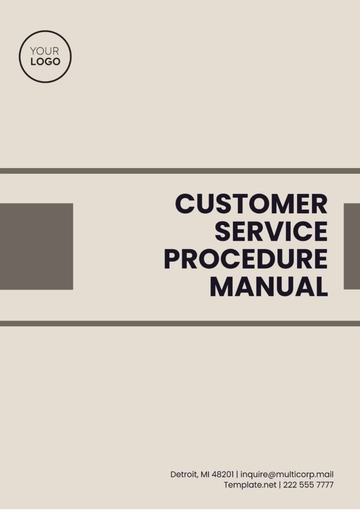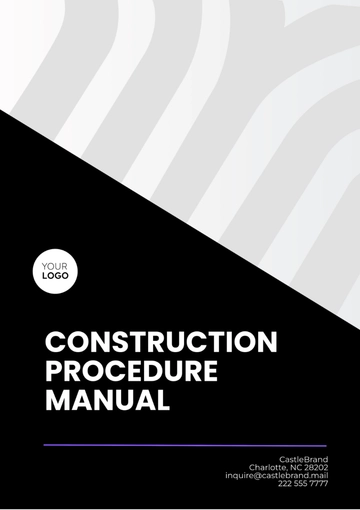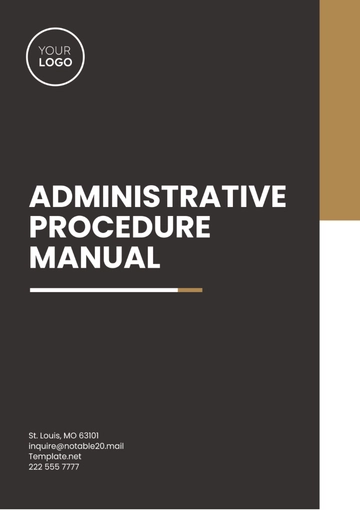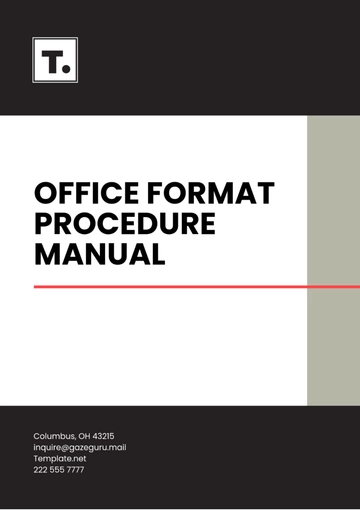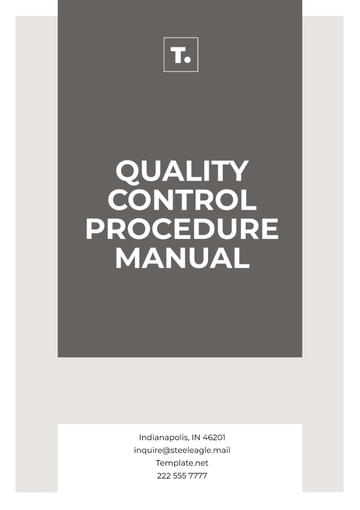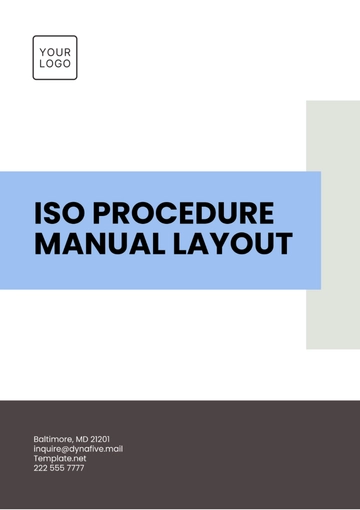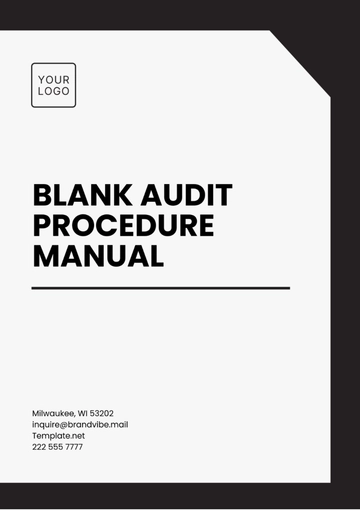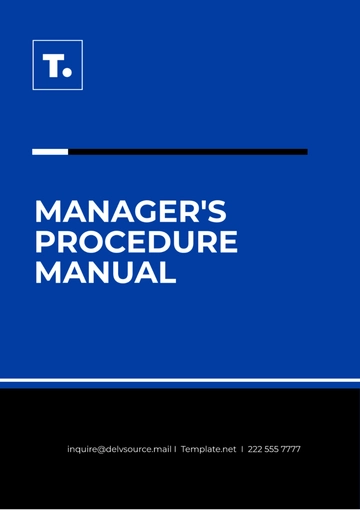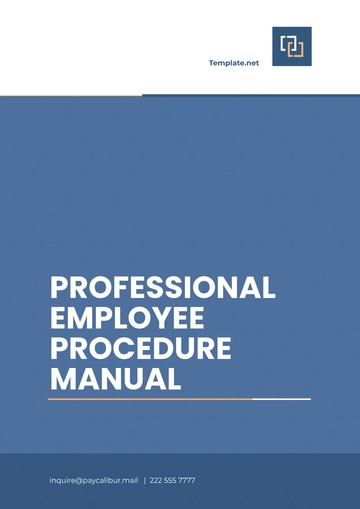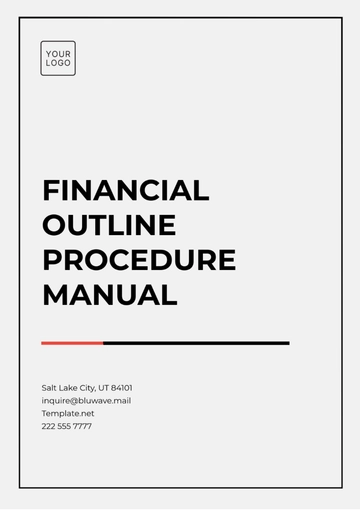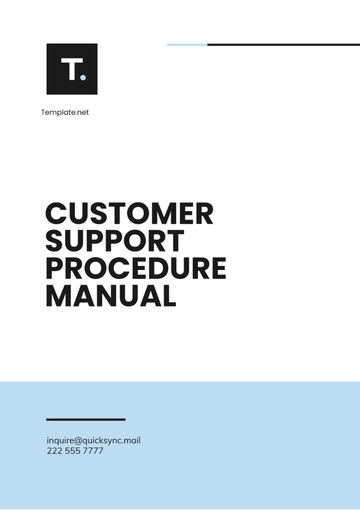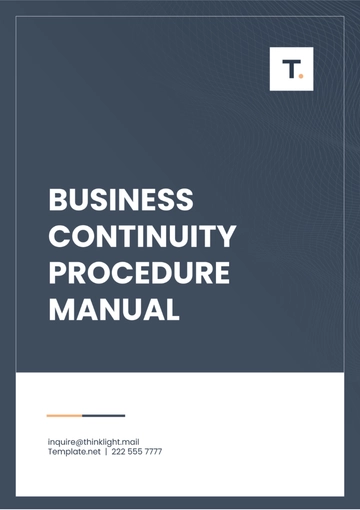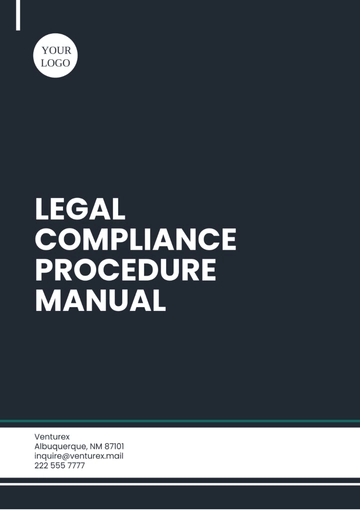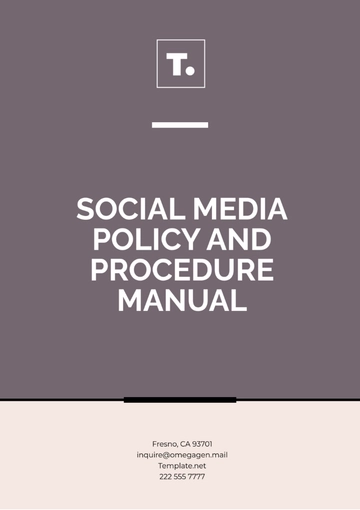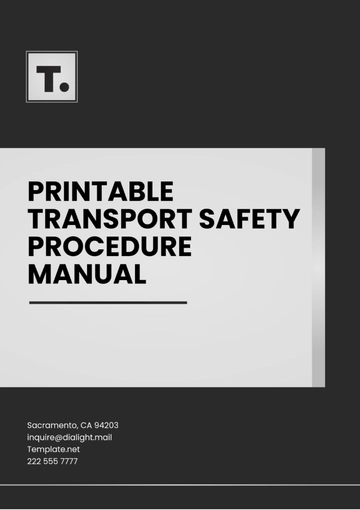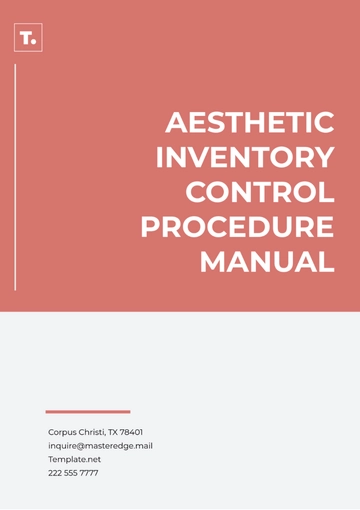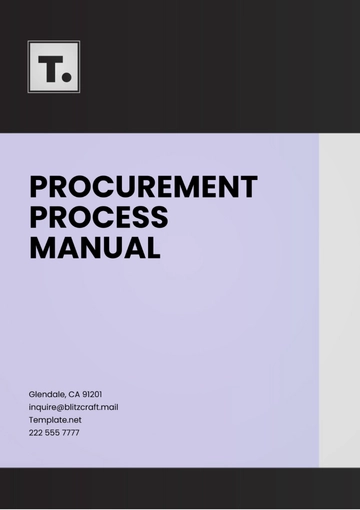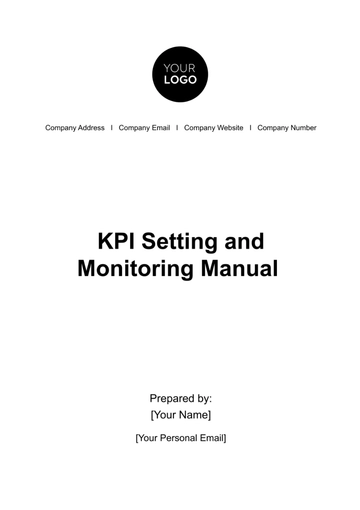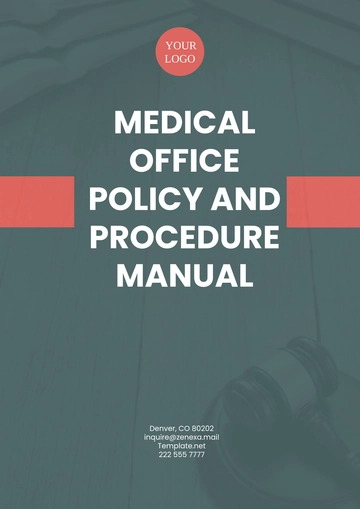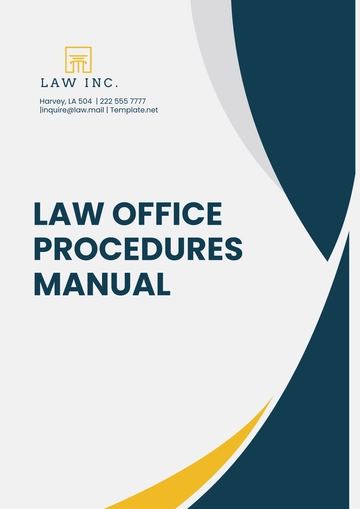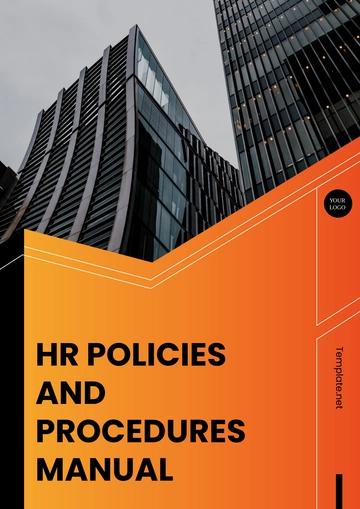Free Administration Manual
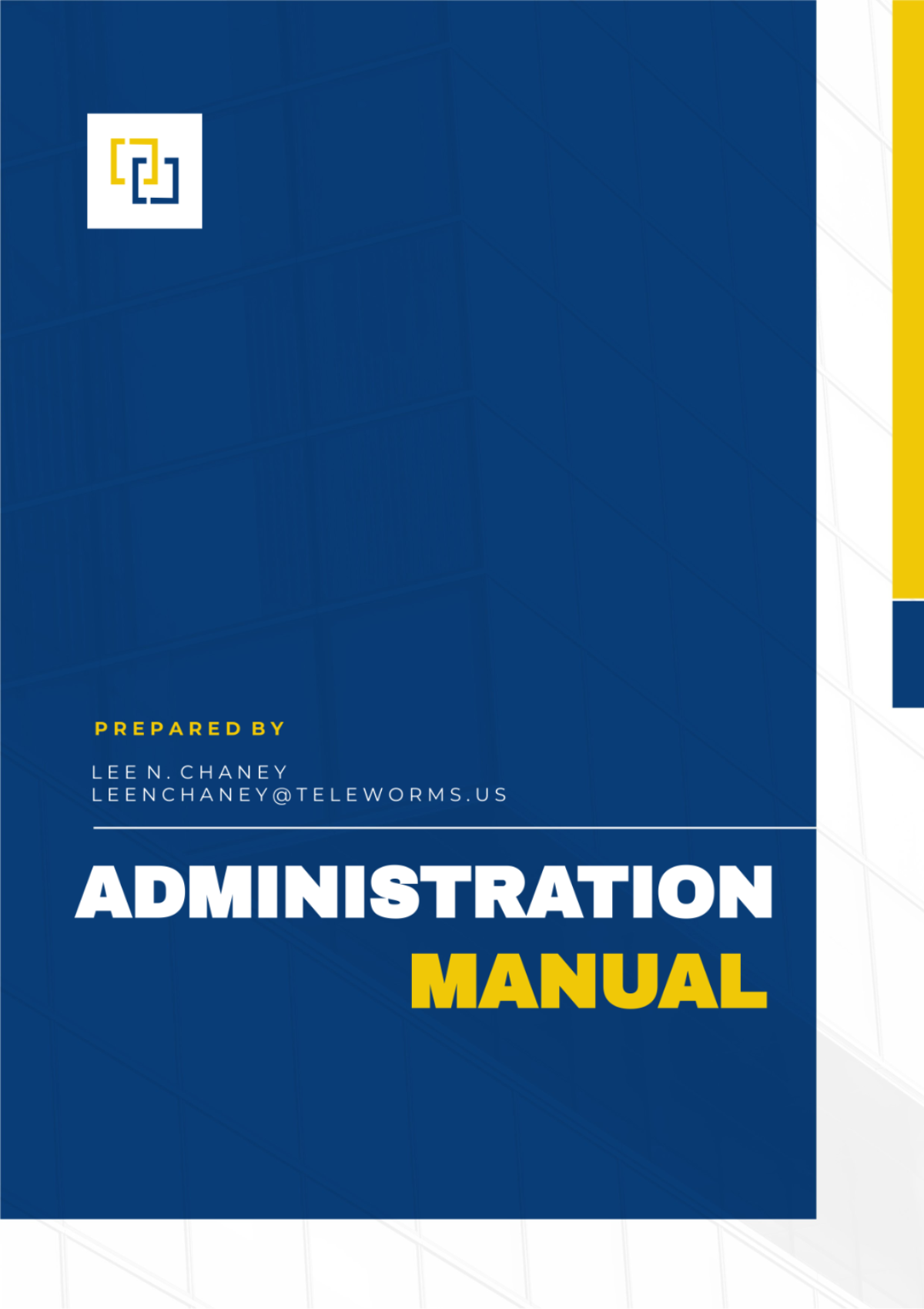
I. Introduction
In the rapidly evolving landscape of [YOUR INDUSTRY], it is imperative to have a well-structured Administration Manual in place to ensure smooth operations and adherence to organizational policies. This manual serves as a comprehensive guide for [YOUR COMPANY NAME]'s administrative procedures, aimed at facilitating efficiency, consistency, and compliance across all departments.
Within this manual, you will find detailed instructions, protocols, and best practices tailored to [YOUR COMPANY NAME]'s unique requirements. Whether you are a new employee seeking orientation or a seasoned team member refreshing your knowledge, this document will serve as a valuable reference tool for navigating administrative tasks effectively.
II. Getting Started
A. Overview of [Your Company Name]
1. Mission Statement
At [YOUR COMPANY NAME], our mission is to Mission Statement.
2. Organizational Structure
The organizational structure of [YOUR COMPANY NAME] is designed to promote Objective.
B. Administrative Policies
1. Code of Conduct
[YOUR COMPANY NAME] is committed to upholding the highest standards of ethical conduct. All employees are expected to adhere to the [YOUR COMPANY NAME] Code of Conduct, which outlines principles of integrity, respect, and professionalism.
2. Confidentiality Policy
Protecting sensitive information is paramount at [YOUR COMPANY NAME]. Employees must strictly adhere to the Confidentiality Policy, which prohibits the unauthorized disclosure of proprietary data or trade secrets.
III. Administrative Procedures
A. Office Management
1. Reception Duties
Greet visitors courteously and direct them to the appropriate department or individual.
Maintain a tidy reception area and ensure it is well-stocked with necessary supplies.
2. Mail Handling
Sort incoming mail and distribute it to the relevant recipients promptly.
Process outgoing mail and ensure it is dispatched via the appropriate channels.
B. Human Resources
1. Employee Onboarding
Facilitate the smooth onboarding of new employees by providing them with necessary paperwork and orientation materials.
Coordinate with relevant departments to ensure new hires receive proper training and integration into their roles.
2. Performance Evaluation
Conduct regular performance evaluations to assess employee performance and provide constructive feedback.
Utilize performance metrics to identify areas for improvement and recognize outstanding contributions.
IV. Resources and Contacts
A. Contact Information
Name | [YOUR NAME] |
|---|---|
Company | [YOUR COMPANY NAME] |
Department | [YOUR DEPARTMENT] |
Date | [CURRENT DATE] |
B. Additional Resources
Employee Handbook
IT Help Desk Manual
Facilities Management Guide
V. Financial Management
A. Budgeting
1. Annual Budget Preparation
Collaborate with department heads to compile budgetary requirements for the upcoming fiscal year.
Analyze historical data and market trends to forecast expenses and revenue projections.
2. Budget Monitoring
Monitor expenditure against budget allocations on a regular basis.
Identify variances and implement corrective actions as necessary to ensure financial objectives are met.
B. Expense Management
1. Expense Reimbursement
Submit expense reimbursement requests in accordance with [YOUR COMPANY NAME]'s reimbursement policy.
Provide supporting documentation for all reimbursable expenses, including receipts and invoices.
2. Travel Expenses
Coordinate travel arrangements for employees, including booking flights, accommodations, and transportation.
Ensure compliance with travel policies and guidelines to minimize costs and maximize efficiency.
VI. Information Technology (IT) Management
A. IT Infrastructure
1. Network Administration
Maintain and troubleshoot the company's network infrastructure to ensure optimal performance and reliability.
Implement security measures to safeguard against unauthorized access and cyber threats.
2. Software Management
Manage software licenses and subscriptions to ensure compliance with usage agreements.
Coordinate software updates and patches to mitigate vulnerabilities and enhance functionality.
B. Data Management
1. Data Security
Implement data security protocols to protect sensitive information from unauthorized access or disclosure.
Conduct regular backups and implement disaster recovery procedures to mitigate data loss risks.
2. Data Governance
Establish data governance policies and procedures to ensure data integrity, accuracy, and availability.
Define roles and responsibilities for data management and establish accountability measures.
VII. Conclusion
The Administration Manual serves as a cornerstone of [YOUR COMPANY NAME]'s administrative framework, providing employees with the guidance and resources necessary to fulfil their responsibilities effectively. By adhering to the policies and procedures outlined in this manual, we uphold [YOUR COMPANY NAME]'s commitment to excellence, integrity, and professionalism in all aspects of our operations.
- 100% Customizable, free editor
- Access 1 Million+ Templates, photo’s & graphics
- Download or share as a template
- Click and replace photos, graphics, text, backgrounds
- Resize, crop, AI write & more
- Access advanced editor
Looking for a comprehensive Administration Manual Template? Look no further than Template.net. Our editable and customizable template ensures your administrative procedures are organized effortlessly. Editable in our Ai Editor Tool, it offers seamless customization for your specific needs. Simplify your administrative tasks with ease.
